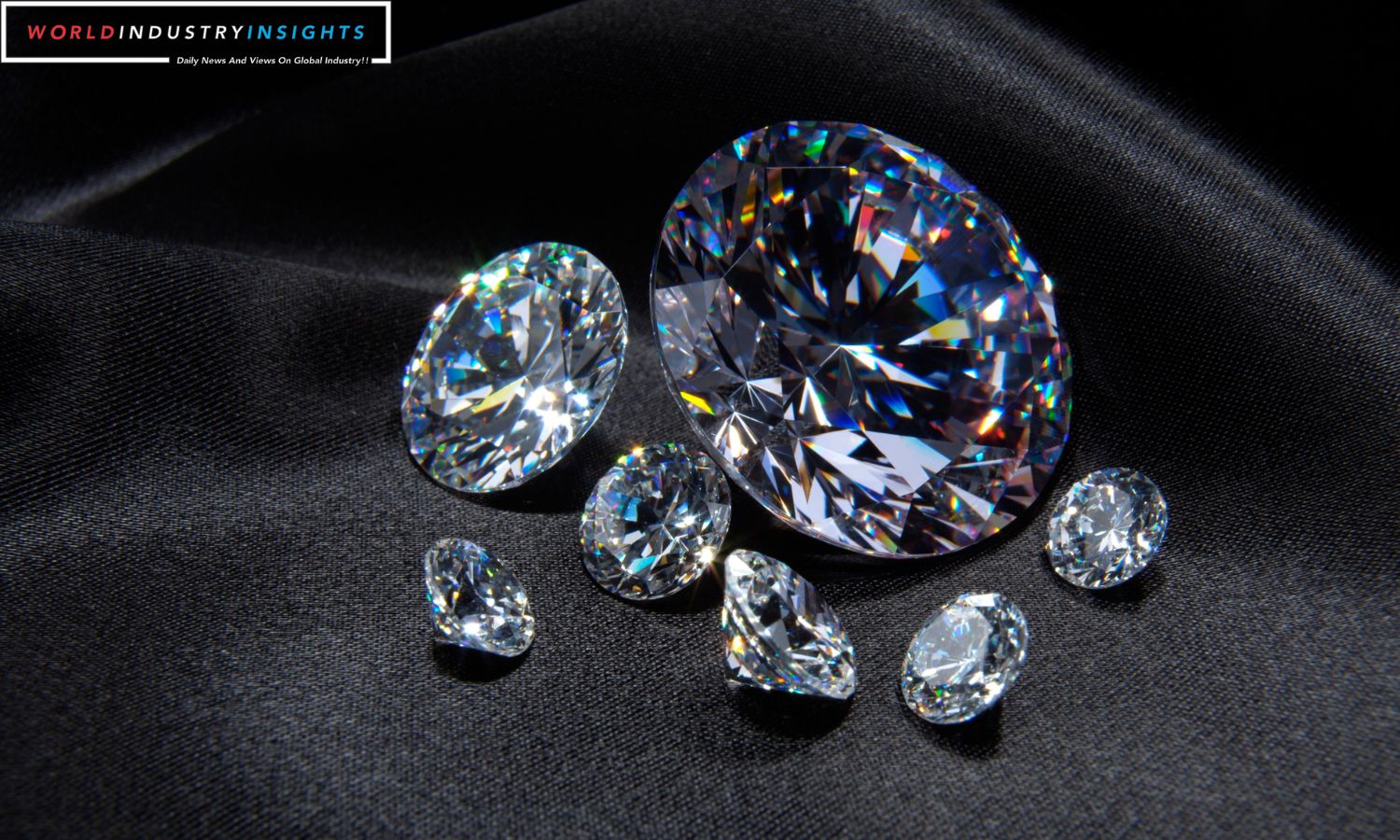Diamond Industry at a Crossroads: In the wake of Russia’s invasion of Ukraine in early 2022, the global diamond industry faced a seismic shift. Antwerp-based diamond dealer Thierry Tugendhaft and his peers in the world’s diamond trade hub were inundated with calls from high-end jewellers, urging them to halt the supply of Russian stones. This wasn’t merely a moral stance; it was a response to the changing geopolitical landscape.
The reliance on Russian diamonds posed a significant dilemma. Russia traditionally supplied about a third of the world’s demand for these precious gems. Western powers are now on the verge of formalizing a ban on Russian diamonds, but disagreements have temporarily stalled the process.
Major luxury jewellers like Tiffany’s, Cartier, and Van Cleef & Arpels were swift to distance themselves from Russia’s lucrative diamond trade. Imports of Russian rough diamonds have plummeted to less than 5% of pre-war levels. Tugendhaft and his company, T. Diamonds BVBA, illustrate the swiftness of this transition. Formerly, they sourced about 50% of their rough diamonds from Russia due to their superior quality. But their buyers gave them a mere six weeks to find alternative supplies.
“The transition was quite fast because we were already in discussions with Canada, while we were still buying from Russia,” Tugendhaft explained.
The implications of this shift reverberate through the industry, particularly for those who weren’t as agile in adapting to the new circumstances. Many dealers in Antwerp had to suspend their trade in Russian rough stones because European banks wouldn’t finance these supplies.
Also Read: Auto Industry Landmark Labor Agreement: A Turning Point for Workers
The diamond industry is a complex network where stones are mined in one part of the world, cut in another, and eventually find their way into jewelry stores worldwide. While diamonds generate significantly less revenue than oil and gas, they still contribute over $4 billion annually to the Kremlin’s coffers through state-owned Alrosa, the world’s leading producer of rough diamonds.
Given that sanctions already target Russian energy resources, the United States, Canada, Japan, and the European Union have set their sights on curtailing Moscow’s diamond revenues as well. Belgium, with its diamond hub in Antwerp, is taking a proactive role in these efforts. Belgium aims to draft a proposal that would maintain Antwerp as the primary center for rough diamond trade.
The primary challenge in banning Russian diamonds is establishing a foolproof traceability system to determine their origin. While some companies have made significant strides in this direction, the industry as a whole is not yet equipped for a full ban on Russian gems. For instance, small stones, which are often traded in parcels of 20,000-40,000 stones, present a practical challenge for blockchain-based traceability.
The current focus of proposals being considered is on rough diamonds of 1 carat and above. However, tracing the origin of cut diamonds is far more challenging once they have undergone the cutting process.
As the global diamond industry navigates these complexities, the future of Russian diamonds in the international market remains uncertain. The diamond trade, known for its timeless elegance, now finds itself caught in the tumultuous currents of international geopolitics.
Our Reader’s Queries
Where is the major diamond industry located?
Diamonds are primarily produced in Australia, Canada, the Democratic Republic of Congo, Botswana, South Africa, and Russia. The global reserves of diamonds are estimated to be around 1.3 billion carats. Among these countries, Russia has the largest diamond reserves, which are estimated to be around 600 million carats.
Is the diamond industry in trouble?
Despite the challenges posed by the Covid-19 pandemic, the diamond industry managed to bounce back with impressive results. The 1-carat RAPI, for instance, saw a remarkable 51% increase between April 2020 and April 2022, before experiencing a subsequent decline. However, recent data suggests that the current downturn is more severe than the industry’s previous setbacks in 2008 and 2011. Despite these challenges, the diamond industry remains resilient and continues to adapt to changing market conditions.
What is the dark side of the diamond industry?
Blood diamonds, mined through forced labor and traded illegally to fund violent conflicts and human rights abuses, have sparked international outrage. The corrupt and unsupervised diamond trade was first brought to the world’s attention through the outcry over these diamonds, which originated in Sierra Leone.
What is the current state of the diamond industry?
The diamond market is booming, with a current value of USD 94.96 billion and an expected growth to USD 139.91 billion by 2030. This precious gemstone is formed over millions of years when carbon is subjected to intense pressure. With a projected CAGR of 4.4% during the forecast period (2022-2030), the diamond market shows no signs of slowing down.


